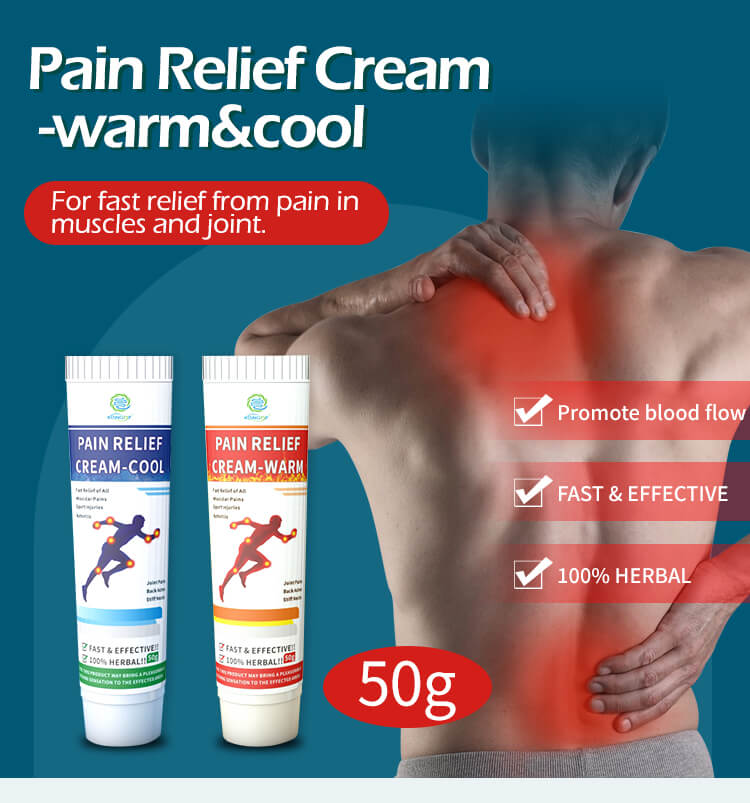As healthcare professionals, one of our primary goals is to provide effective pain management solutions to our patients. With a wide range of pain relief creams available on the market, it can be challenging to determine which product is best suited for each individual’s needs.
- Active Ingredients
The active ingredients in a pain relief cream play a crucial role in its effectiveness. Some common active ingredients include non-steroidal anti-inflammatory drugs (NSAIDs) like diclofenac, counter-irritants like menthol and camphor, and topical analgesics like lidocaine. Understanding the mechanism of action and potential side effects of these ingredients is essential in making an informed decision.
- Type of Pain
Different types of pain may respond better to specific ingredients or formulations. For instance, creams containing NSAIDs may be more effective for inflammatory conditions like arthritis, while counter-irritants may provide relief for muscle aches and strains. It’s important to assess the underlying cause of the pain and choose a cream that targets the specific condition.

- Patient Preferences and Allergies
When recommending a pain relief cream, it’s crucial to consider the patient’s preferences and potential allergies or sensitivities. Some patients may prefer creams with a pleasant scent or cooling sensation, while others may have skin sensitivities that require hypoallergenic formulations. Additionally, certain creams may interact with medications or medical conditions, so it’s essential to review the patient’s medical history before making recommendations.
- Ease of Use
The ease of use and application method can significantly impact patient compliance and overall effectiveness. Creams that are easy to apply and absorb quickly may be preferable for patients with limited mobility or dexterity. Additionally, some patients may prefer creams that are non-greasy and do not stain clothing.
- Reputable Manufacturers
When selecting a pain relief cream, it’s essential to choose products from reputable manufacturers with a proven track record of quality and safety. Look for creams that have undergone rigorous testing and meet regulatory standards. Additionally, it’s advisable to consult with trusted sources, such as medical associations or peer-reviewed studies, to gather information on the efficacy and potential side effects of specific products.
- Cost and Accessibility
While the effectiveness of a pain relief cream should be the primary consideration, cost and accessibility can also play a role in patient compliance. Some patients may have financial constraints or limited access to certain products. It’s important to consider affordable options or explore alternative solutions, such as prescribing generics or directing patients to reputable online retailers.
By carefully evaluating these factors and tailoring recommendations to each patient’s unique needs, healthcare professionals can provide effective pain relief solutions that improve overall quality of life. Regular follow-ups and open communication with patients are also essential to monitor the cream’s effectiveness and make any necessary adjustments.






